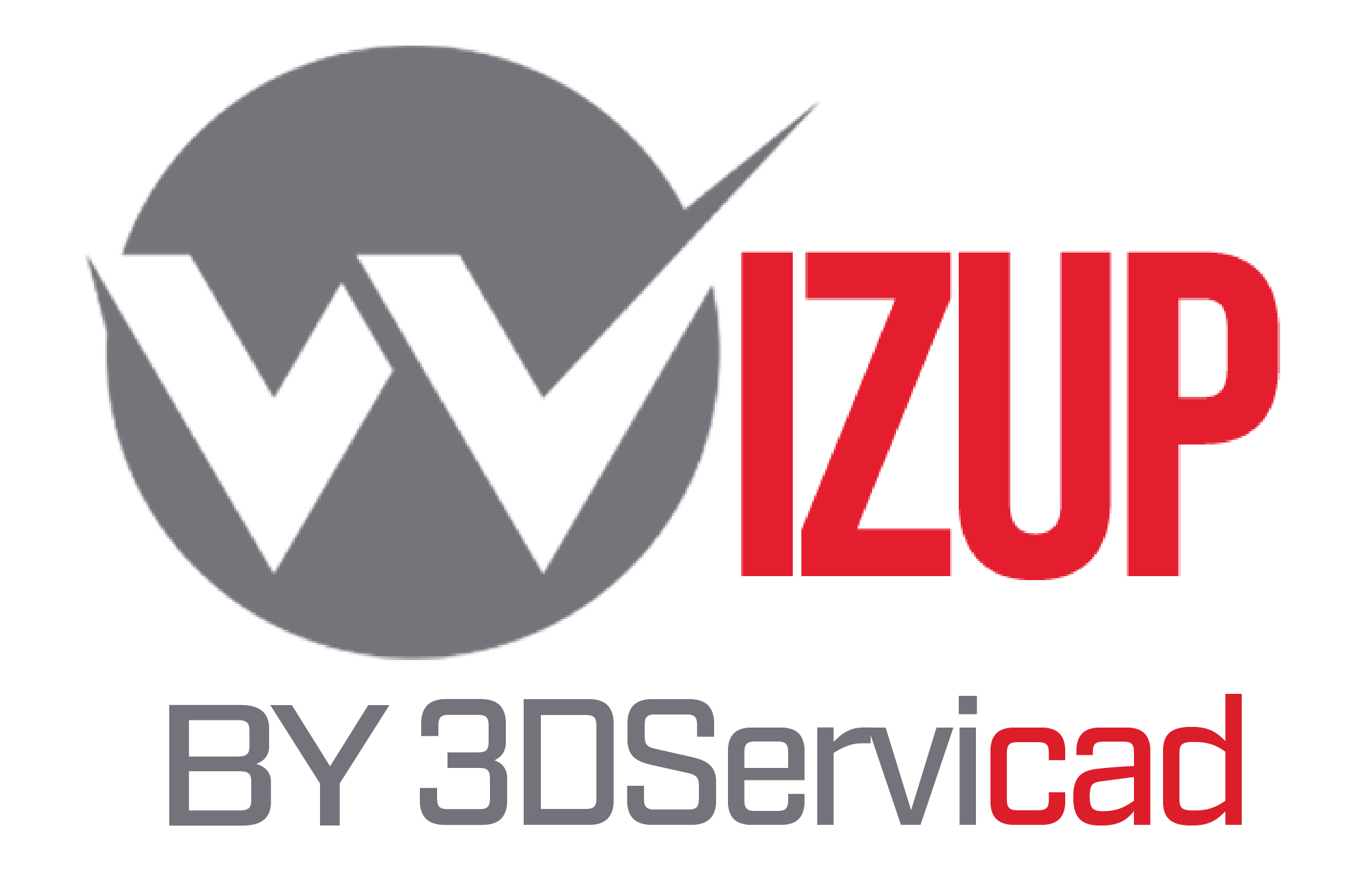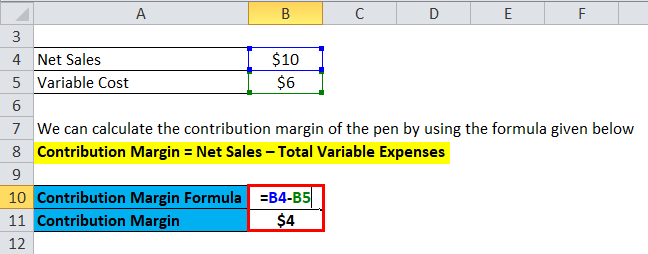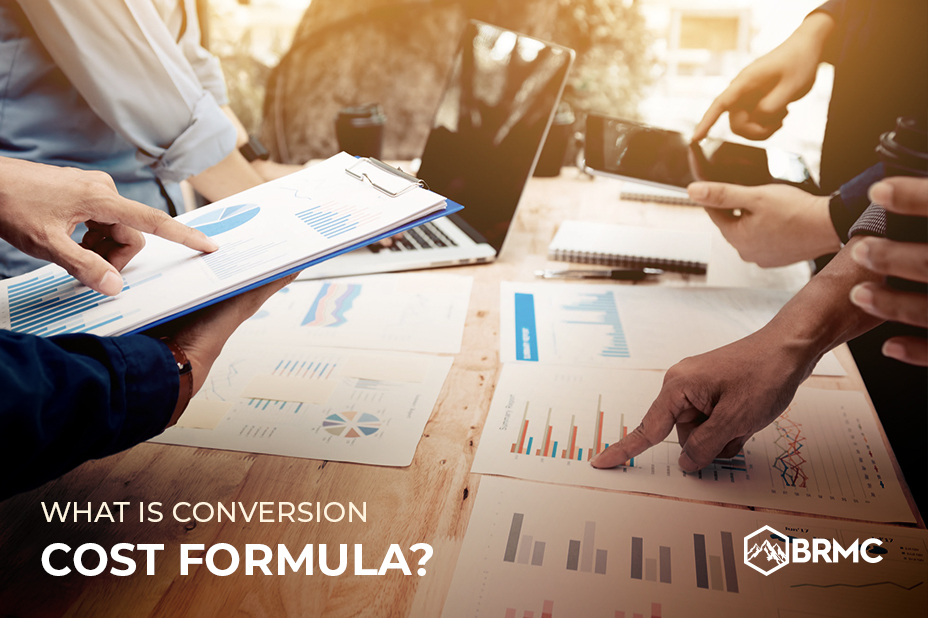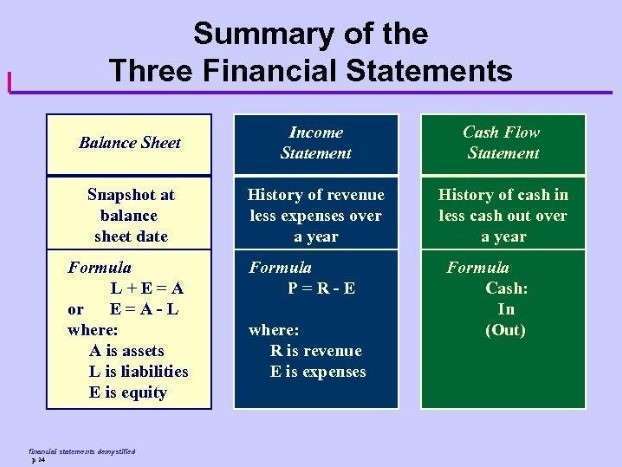
Another issue arises concerning their presentation in the income statement. In my view, contract costs should be presented according to their nature or function, depending on the presentation method adopted by the entity (for instance, they may be included as cost of sales). It is important to note that this issue is not explicitly addressed in IFRS 15. Upon the expiry of the 5-year contract, Customer X signs another contract, this time for 10 years. Entity A concludes that the contract costs will be utilised in fulfilling the new contract and adjusts the amortisation period accordingly.
Incremental Cost vs. Marginal Cost
- Analyzing incremental costs helps companies determine the profitability of their business segments.
- Incremental costs are also used in the management decision to make or buy a product.
- Take your learning and productivity to the next level with our Premium Templates.
- However, none of it will include the fixed costs since they will not change due to volume fluctuation.
Incremental cost QuickBooks is how much money it would cost a company to make an additional unit of product. Analyzing incremental costs helps companies determine the profitability of their business segments. Therefore, knowing the incremental cost of additional units of production and comparing it with the selling price of these goods assists in meeting profit goals.
- The example below briefly illustrates the concept of incremental analysis; however, the analysis process can be more complex depending on the scenario at hand.
- Incremental costs are also referred to as the differential costs and they may be the relevant costs for certain short run decisions involving two alternatives.
- The primary focus should be on determining which costs generate or enhance resources that will be used in satisfying (or in continuing to satisfy) performance obligations in the future.
- This concept of incremental cost of capital is useful while identifying costs that are to be minimized or controlled and also the level of production that can generate revenue more than return.
- It’s calculated by analyzing the additional expenses incurred based on the addition of the unit.
Related Terms
Since incremental costs are the costs of manufacturing one more unit, the costs would not be incurred if production didn’t increase. Incremental costs are usually lower than a unit average cost to produce incremental costs. Incremental costs are always composed of variable costs, which are the costs that fluctuate with production volumes. Long-run incremental cost (LRIC) is a forward-looking cost incremental cost accounting concept that predicts likely changes in relevant costs in the long run. It includes relevant and significant costs that exert a material impact on production cost and product pricing in the long run. They can include the price of crude oil, electricity, any essential raw material, etc.

Absorption Costing vs. Variable Costing: What’s the Difference?

If a business is earning more incremental revenue (or marginal revenue) per product than the incremental cost of manufacturing or buying that product, the business earns a profit. An incremental cost is the difference in total costs as the result of a change in some activity. Incremental costs are also referred to as the differential costs and they may be the relevant costs for certain short run decisions involving two alternatives.
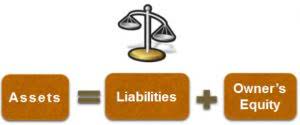
If a company responds to greater demand for its widgets by increasing production from 9,000 units to 10,000 units, it will incur additional costs to make the extra 1,000 widgets. If the total production cost for 9,000 widgets was $45,000, and the total cost after adding the additional 1,000 units increased to $50,000, the cost for the additional 1,000 units is $5,000. Manufactures look at incremental costs when deciding to produce another product. Often times new products can use the same assembly lines and raw materials as currently produced products. Unfortunately, most of the time when manufacturers take on new product lines there are additional costs to manufacture these products. Management must look at these incremental costs and compare them to the additional revenue before it decides to start producing the new product.
These requirements, however, are only applicable in instances where no other rules within IFRS address these costs (IFRS 15.8). It also helps a firm decide whether to manufacture a good or purchase it elsewhere. On 1 January 20X1, Entity A enters into a contract with Customer X to manage his information technology data centre.
- Incremental analysis only focuses on the differences between particular courses of action.
- The concept of sunk costs describes a cost that’s already been incurred and does not impact any decision made by management or between alternatives.
- Incremental cost might be the additional cost from the next 200 units.
- Entity A concludes that the contract costs will be utilised in fulfilling the new contract and adjusts the amortisation period accordingly.
- These differences—not the similarities—form the basis of the analysis comparison.
Incremental cost, also referred to as marginal cost, is the total change a company experiences within its balance sheet or income statement due to the production and sale of an additional unit of product. It’s calculated by analyzing the additional expenses incurred based on the addition of the unit. Incremental costs may be classified as relevant costs in managerial accounting. Incremental cost is calculated by analyzing the additional expenses involved in the production process, such as raw materials, for one additional unit of production. Understanding incremental costs can help companies boost production efficiency and profitability. Marginal cost is the change in total cost as a result of producing one additional unit of output.
- Incremental cost is choice-based; hence, it only includes forward-looking costs.
- Incremental analysis is a decision-making tool used in business to determine the true cost difference between alternative business opportunities.
- The revenues that are generated between different alternatives are referred to as relevant benefits in some studies or texts.
- It also helps a firm decide whether to manufacture a good or purchase it elsewhere.
- If a reduced price is established for a special order, then it’s critical that the revenue received from the special order at least covers the incremental costs.
- These costs are crucial for decision-making, particularly when evaluating special orders, as they help determine the financial impact of accepting or rejecting such orders.
- From the above information, we see that the incremental cost of manufacturing the additional 2,000 units (10,000 vs. 8,000) is $40,000 ($360,000 vs. $320,000).
It is usually calculated when the company produces enough output to cover fixed costs, and production is past the breakeven point where all costs going forward are variable. However, incremental cost refers to the additional cost related to the decision to increase output. It provides guidance regarding decision-making for the management in terms of pricing, allocation of resources, planning or production quantity, sales target, profit target, etc. Alternatively, once incremental costs exceed incremental revenue for a unit, the company takes a loss for each item produced. Therefore, knowing the incremental cost of additional units of production and comparing it to the selling price of these goods assists in meeting profit goals. Incremental cost analysis is often used to analyze business segments to determine their profitability.
Relevant costs (also called incremental costs) are incurred only when a particular activity has been initiated or increased. An impairment loss can be reversed in subsequent periods (IFRS 15.104). Thus, the above are some benefits that the procedure of marginal cost analysis contributes to the entire manufacturing process.
